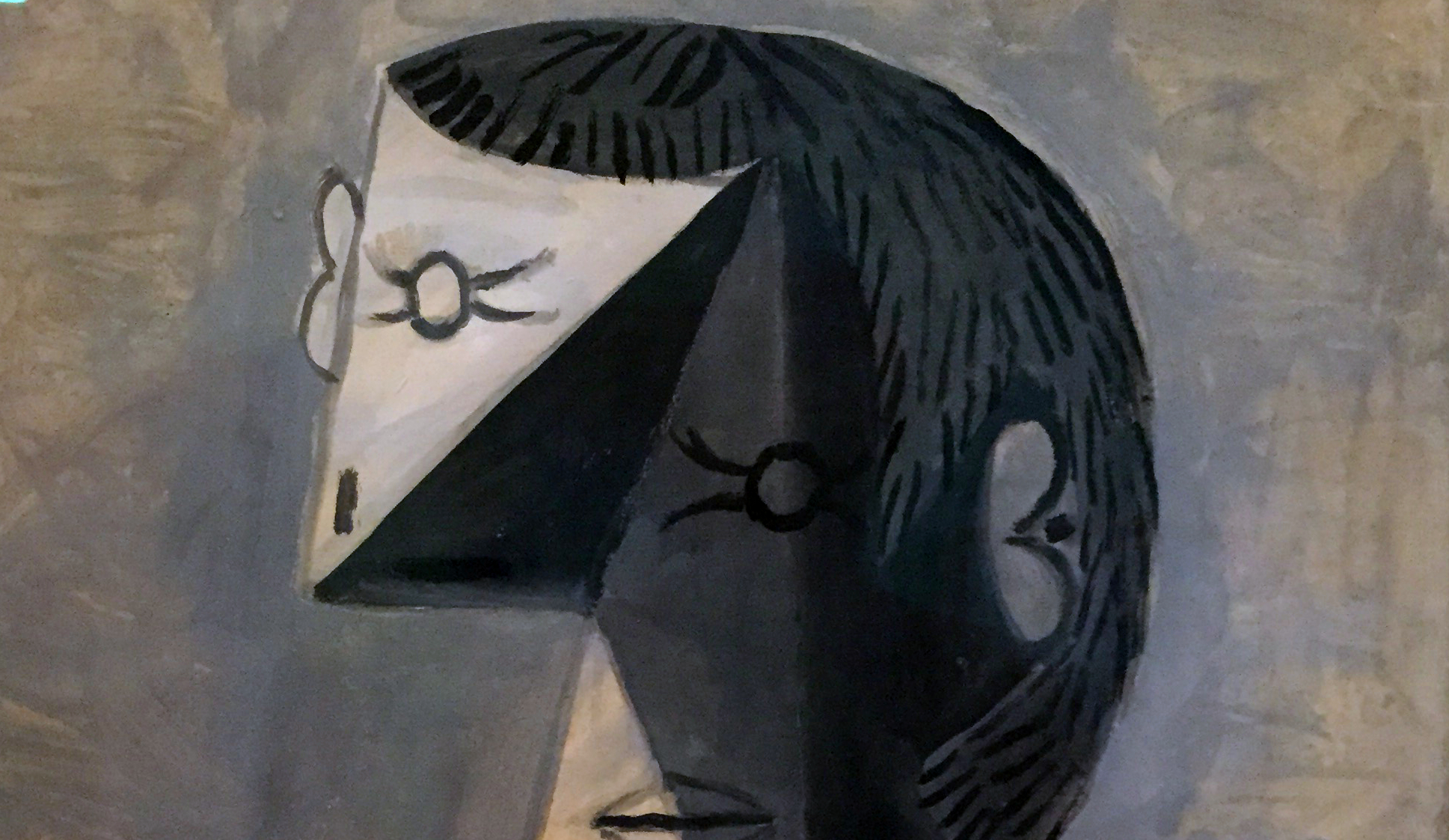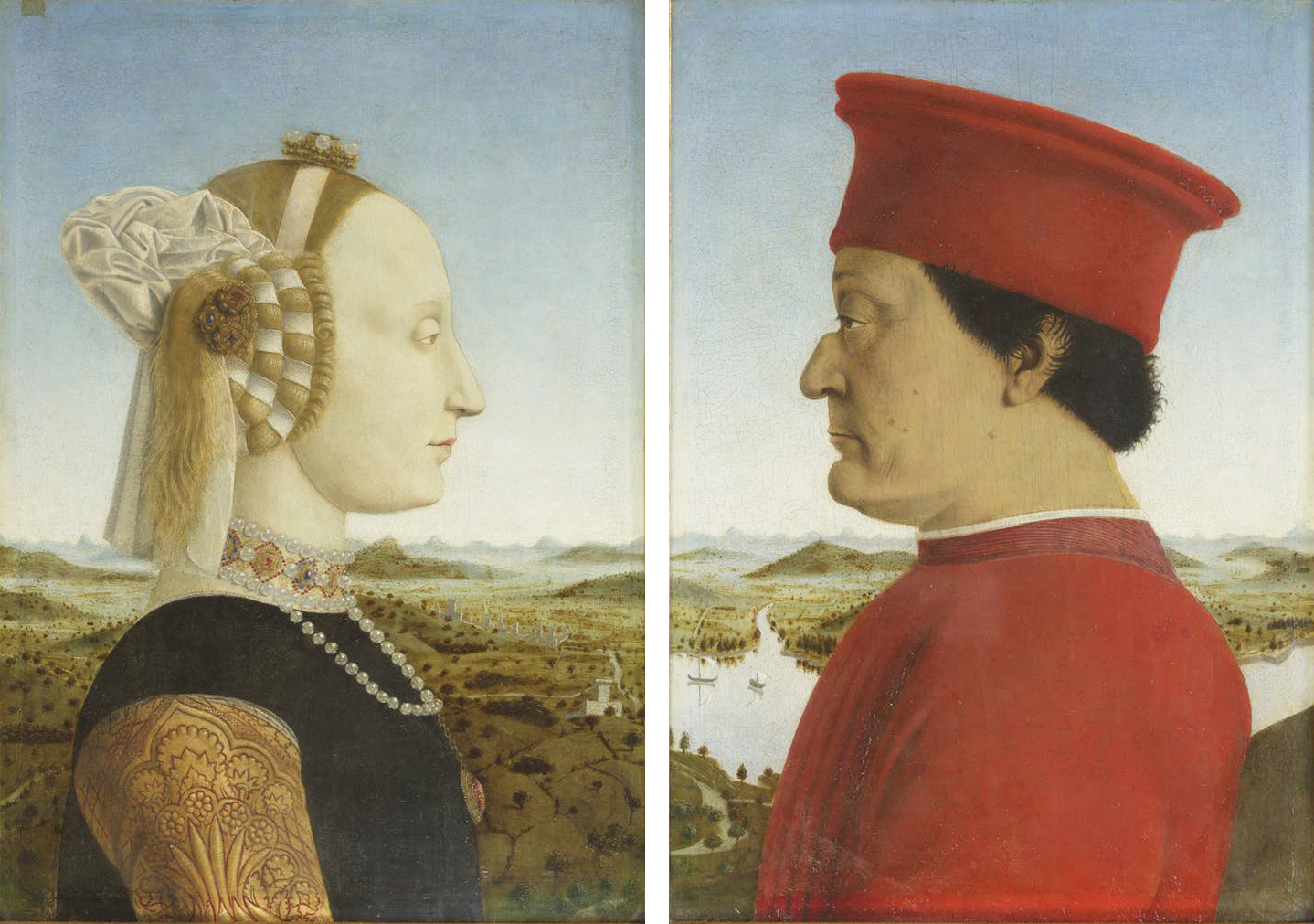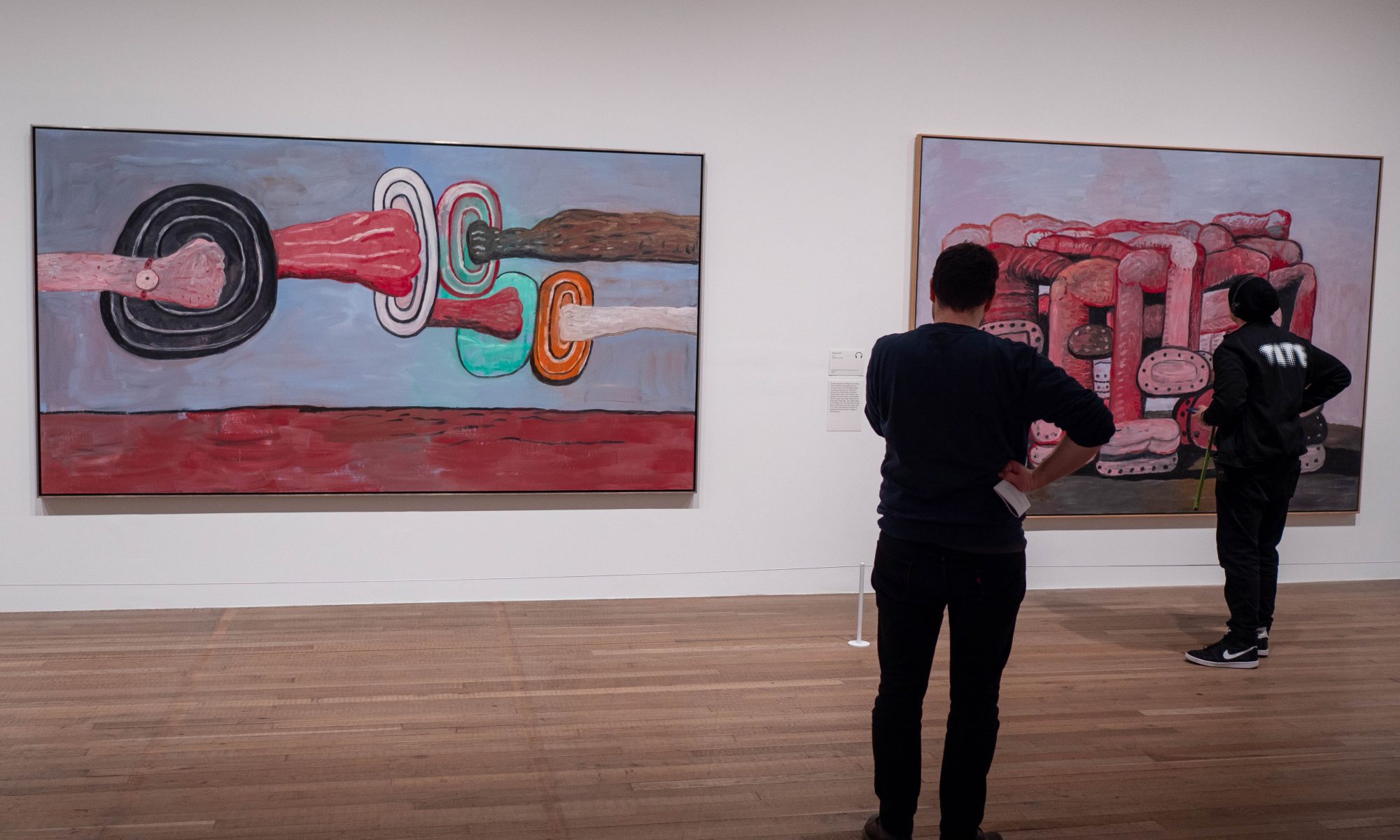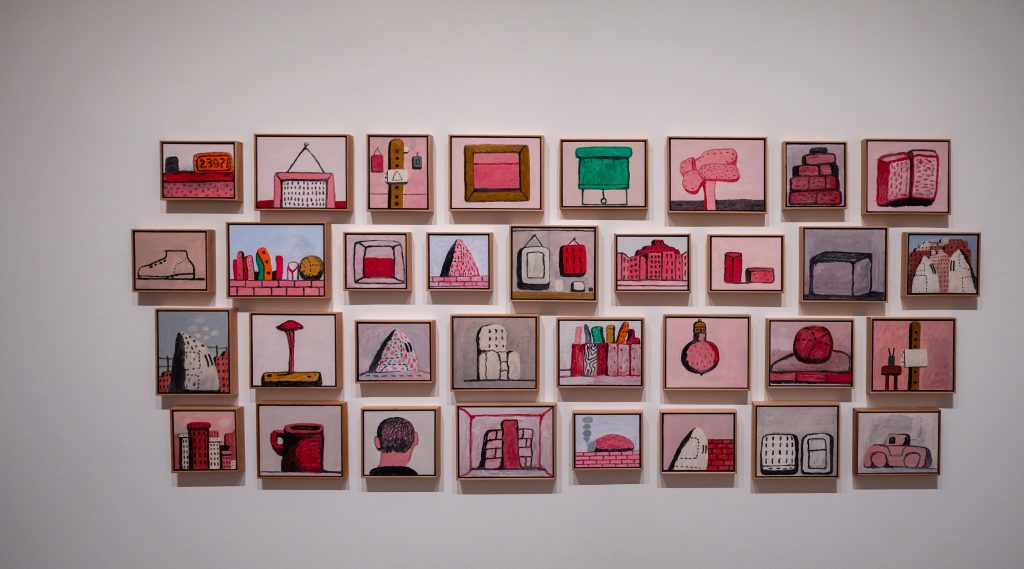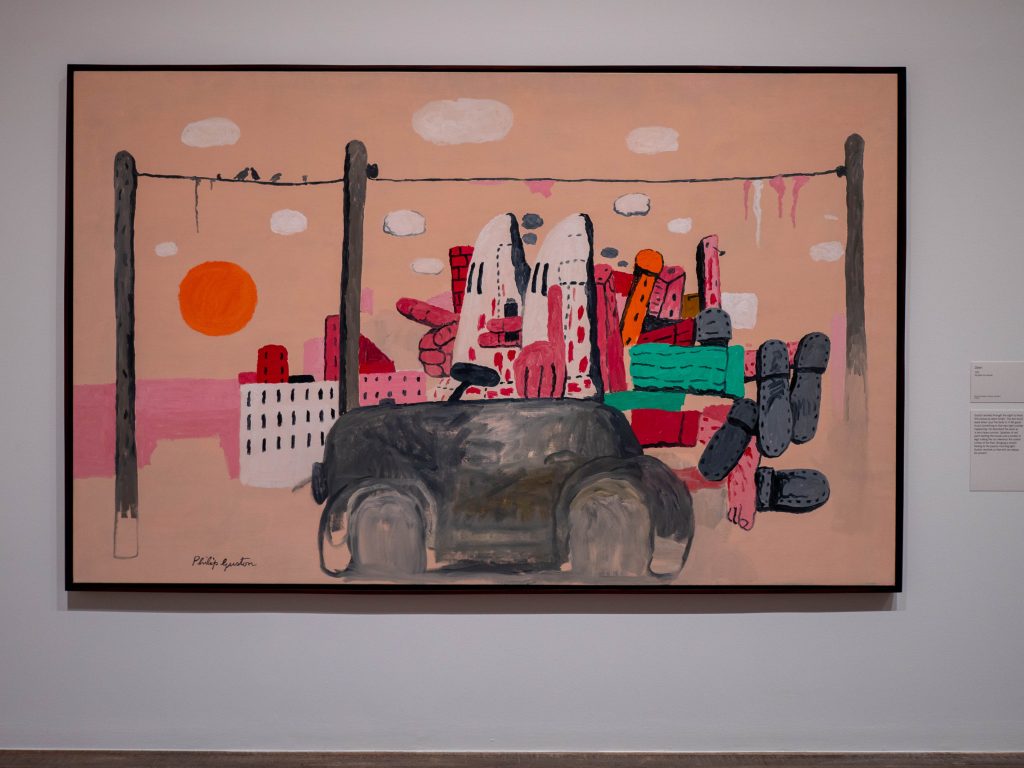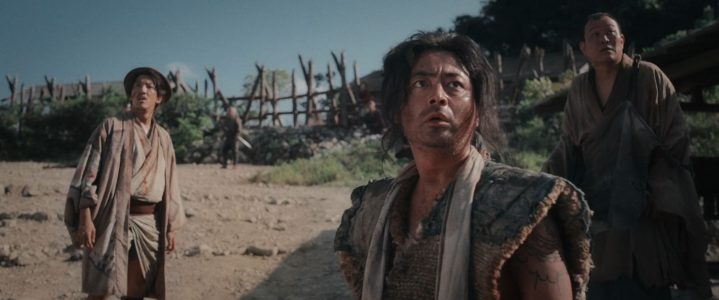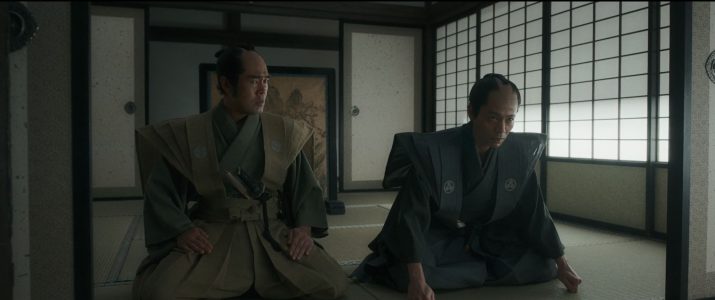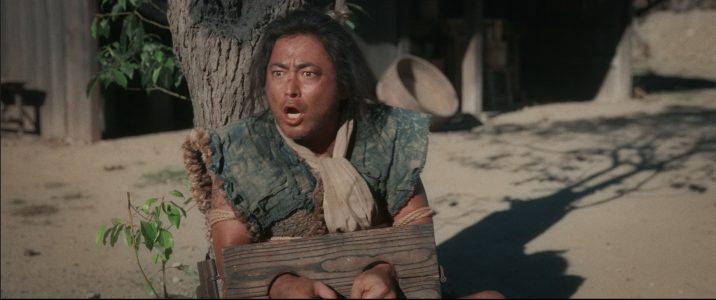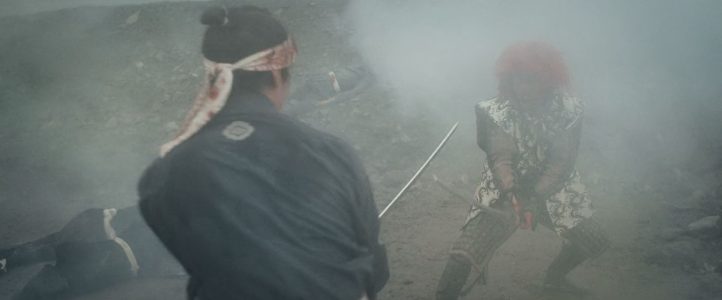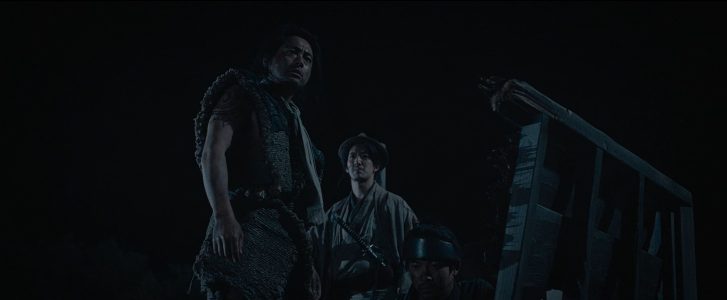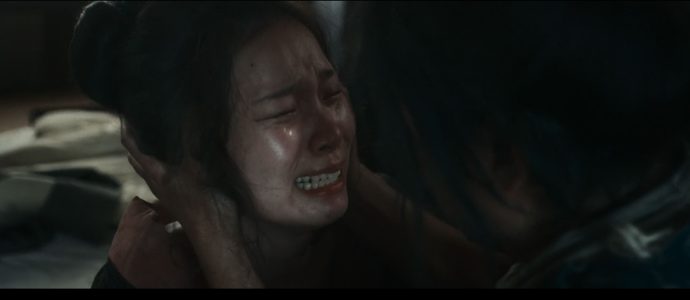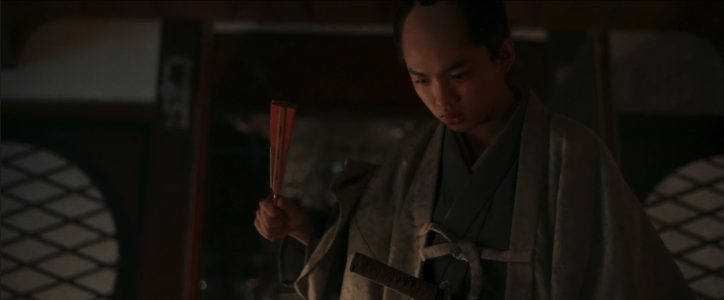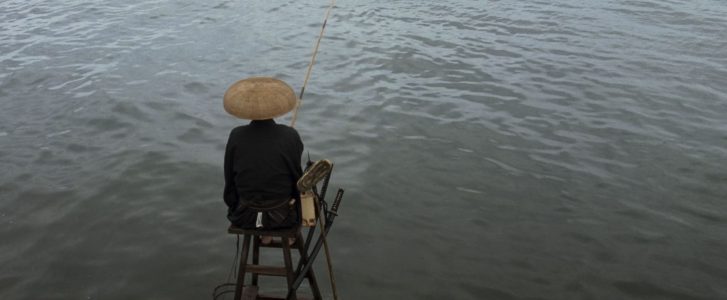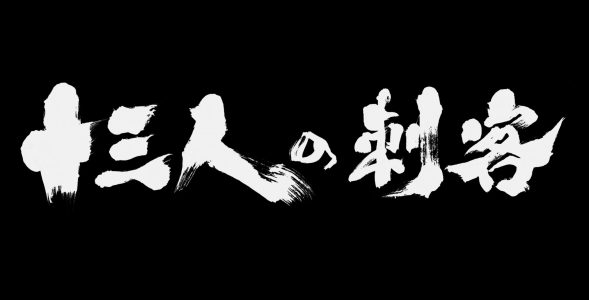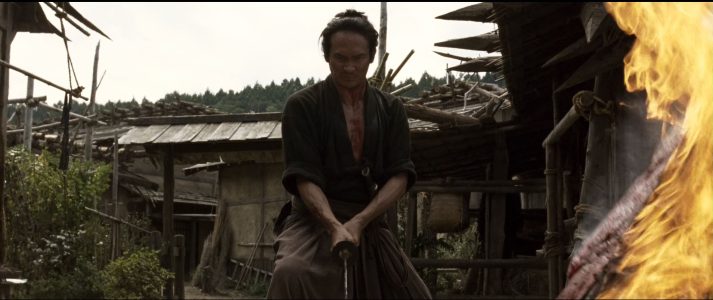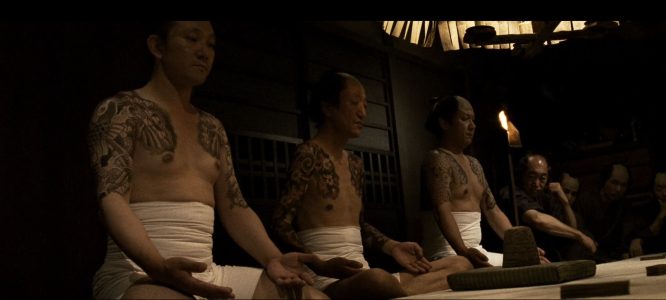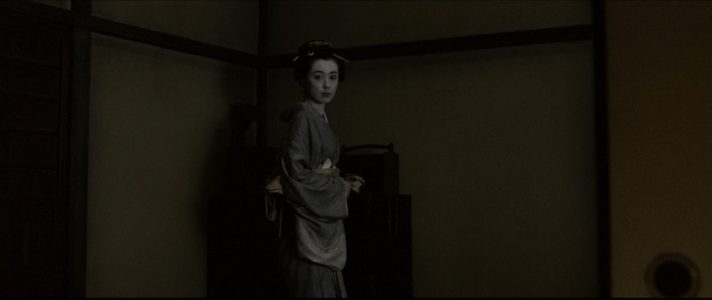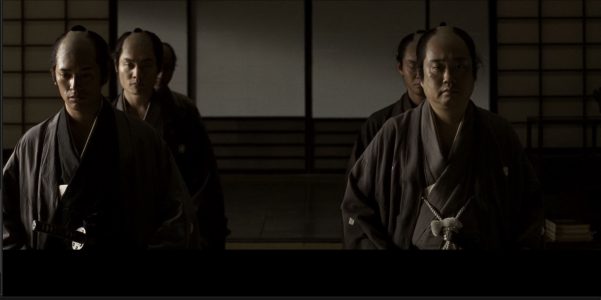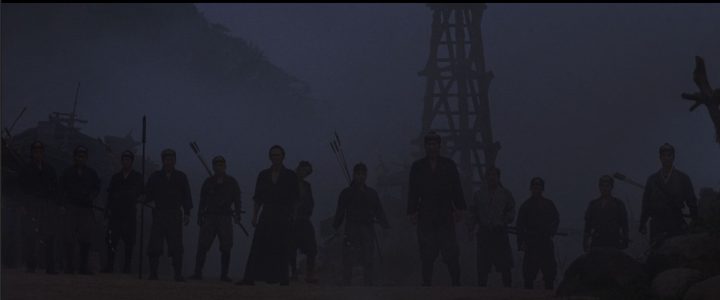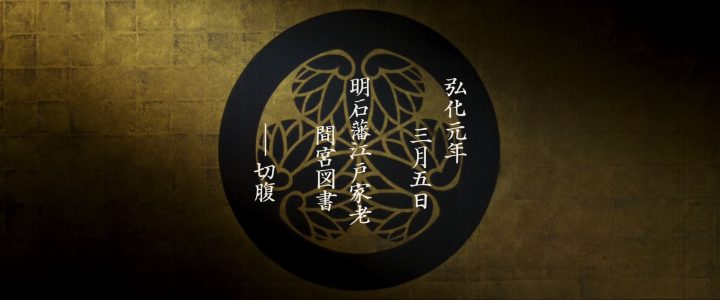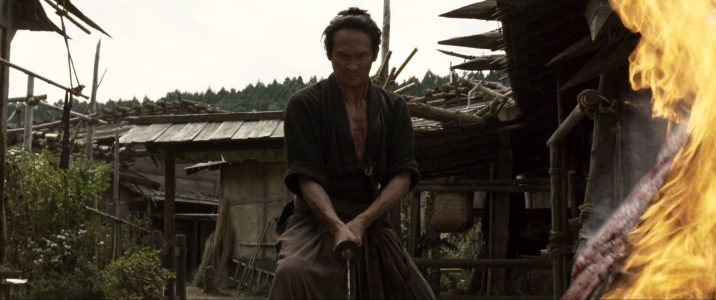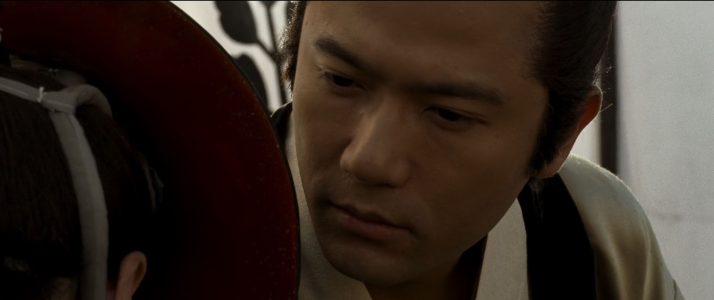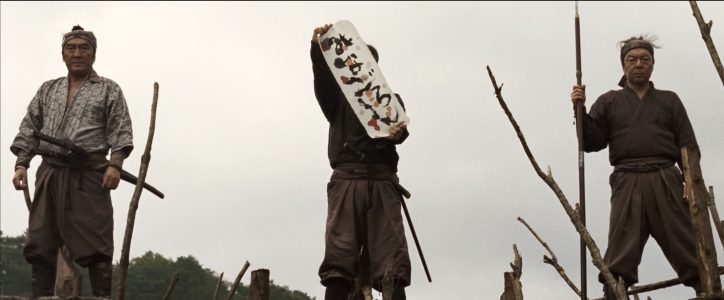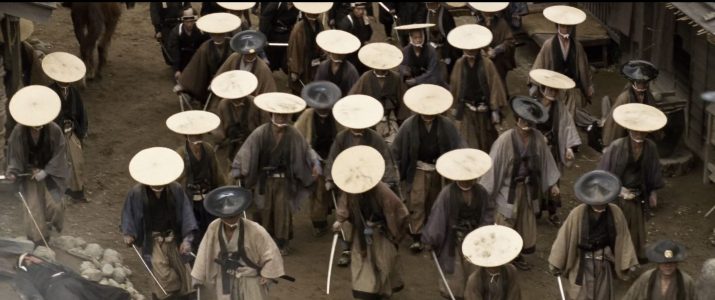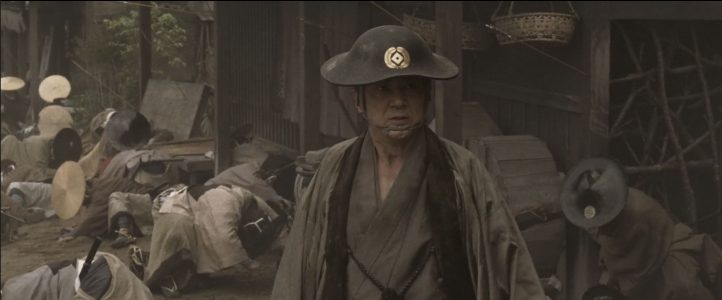
I have just finished reading the first two English-translated volumes of Solvej Balle’s On the Calculation of Volume. In these volumes, the protagonist, Tara Selter, reflects on a single object whose significance extends far beyond its material form: a sestertius of Antoninus Pius showing Annona enthroned, holding grain and a cornucopia, with a modius and a ship’s prow at her side. Though small and utilitarian, the coin, embodies a dense convergence of administration, ethics, and philosophy. It is not merely a medium of exchange; it functions as a material argument, condensing political, social, and theological reasoning into a tangible and accessible object. This object is a totem used by the author to explore the larger theme of how measurement structures human understanding and moral responsibility, showing that quantification (like that of the temporal unit of the “day” of November 18), is never purely technical but always entwined with ethical, political, and social dimensions.
Through her reflection on the coin, Tara confronts the central concern of the book: how measurement, here represented by the modius, structures both human understanding and moral responsibility. The image of Annona transforms a technical act into a reflection on governance, obligation, and the translation of natural abundance into regulated, distributable form. In the books, Tara becomes Annona. The coin demonstrates that quantification is never purely instrumental; it is simultaneously practical, ethical, and theological. By situating Tara’s encounter within the intellectual and administrative context of imperial Rome, Balle foregrounds a broader meditation on the nature of measurement, its consequences, and its moral significance.
The protagonist encounters not merely an ancient coin but a compressed meditation on the very nature of measure. The sestertius of Antoninus Pius depicting Annona, holding grain and cornucopia, with the modius and a ship’s prow beside her, is never treated as incidental ornament. It functions as a text in its own right, a statement in bronze that carries the weight of theology, administration, and mathematics all at once.
The choice of a sestertius is deliberate. This denomination offered a broad metal disc suitable for allegorical images and political messaging; it was more than a medium of exchange, it was a medium of thought. The Annona type of Antoninus Pius, struck in the 150s, is precisely the kind of object that the protagonist seizes upon: an artefact whose apparent banality conceals a dense weave of symbolism, administrative practice, and philosophical resonance. The coin passes hand to hand, but it also passes idea to idea, translating the act of provision into a language of images.
On its surface, the sestertius stages a double drama. The obverse presents the emperor’s portrait, a carefully chiselled symbol of enduring authority and serenity untouched by war. The reverse depicts Annona, the embodiment of Rome’s sustenance, ensuring that grain reaches the populace. The protagonist recognises that this duality conveys a compact theology of rule in which sovereign power and the material well-being of the people are inseparable; governance is not merely the issuing of decrees but the assurance that bread will reach citizens. Holding the coin is to grasp a microcosm of the empire’s bargain, where loyalty and obedience are repaid with sustenance and order.
This reflection opens into the larger meditation of the narrative. If Annona represents provisioning and the modius is her attribute, then measurement emerges as the hinge of both empire and ecology. The protagonist sees that imperial authority is exercised not only through images, ships, and laws but above all through measure; translating abundance into equitable portions parallels her own understanding that the sustainability of her world depends upon attention to limits and careful accounting of resources. The coin crystallizes a deeper truth: authority, provision, and action, whether imperial or personal, are inseparably bound to measurement and consequence.
The modius occupies a complex space at the intersection of the practical and the symbolic. In everyday Roman life, it was a standardized container for grain, essential to ensuring that the cura annonae, the administration of the city’s food supply, functioned effectively. The emperor was responsible for guaranteeing that each measure distributed to the populace was neither deficient nor excessive, yet on the sestertius, the modius assumes significance beyond the utilitarian; it signifies the translation of nature’s unbounded fertility into a quantity that is comprehensible and governable by human standards. The coin communicates that grain, harvested across distant provinces and transported across the Mediterranean, is made intelligible, distributable, and ultimately just through precise measurement.
Measurement carries a moral and symbolic weight. By resting her hand upon the modius, Annona conveys that volume is not a simple numerical abstraction; abundance must be managed, scarcity moderated, and the gifts of the earth integrated into the social order. The bronze of the coin makes this promise tangible and enduring, circulating among citizens as a reminder that imperial authority extends not only to law and territory but also to the sustenance of life itself. In this way, the act of measuring, ordinarily performed in granaries, is elevated on the coin to a gesture that combines technical exactitude with moral and quasi-theological significance; it prepares the protagonist to reflect on measurement as an act of justice and obligation.
The protagonist comes to understand that the act of measuring is central to the ethical and conceptual framework of the text. The calculation of volume is inseparable from questions of justice and responsibility; every measure carries consequences for the distribution of resources. The modius on the Antoninus Pius sestertius becomes a concrete representation of this principle, demonstrating that the management of abundance requires precision and accountability. The protagonist recognises that excesses of nature can be translated into ordered, comprehensible, and equitable forms only through careful calculation.
She observes that measurement enacts a moral and social contract; to quantify is to mediate between potential chaos and structured provision, between natural plenitude and human need. The modius functions as both a mathematical device and a symbol of responsibility, revealing that human comprehension and moral stewardship are inseparable, and that the act of measurement becomes a disciplined, quasi-theological exercise through which the natural and social orders are harmonized.
Annona is not merely a figure on a coin; she serves as a conceptual lens through which the protagonist understands the relationship between nature, measurement, and human obligation. Unlike Ceres, who embodies growth and fertility, Annona translates the boundless potential of the harvest into a regulated, measurable form that sustains society. Her posture, the placement of the modius, and the presence of the cornucopia and ship’s prow signify governance, order, and provision rather than mere abundance. She mediates between the natural world and human society, demonstrating that volume, when measured, becomes both a material and ethical instrument.
The protagonist notes that mediation operates across scales; from individual granaries to the imperial logistics network, Annona embodies the principle that measurement structures relations between humans and nature. The sestertius communicates that abundance must be mediated through calculation, that provision requires oversight, and that human responsibility is embedded in the act of measurement. Annona thus emerges as a symbol of the theological and moral dimensions of measurement; to quantify is to act within a framework of obligation and care, to convert natural plenitude into ethical order, and to recognise that human intervention is necessary to transform potential into practical sustenance.
Her encounter with the Annona sestertius crystallises the central argument: measurement is never purely technical but always imbued with ethical and quasi-theological significance. Volume is both a mathematical and moral category; it governs physical substances and social relations alike. The modius becomes a point of reflection, showing that quantifying is inseparable from human responsibility and oversight.
Through this encounter, she interprets measurement as a disciplined engagement with the world. To set grain into a modius is to convert potential into ordered provision; to calculate volume is to exercise judgment that mediates between abundance and scarcity. The sestertius demonstrates that the logic of measure extends beyond granaries into broader moral and civic understanding, where precision, accountability, and stewardship are intertwined. It embodies the convergence of human comprehension, ethical responsibility, and governance, making abstract principles tangible and situating the protagonist within a system where mathematics, obligation, and moral reflection are inseparable. Tara’s choice and agency are rife with meaning.
The Annona sestertius, seen through Balle’s lens, encapsulates the text’s exploration of how measurement structures both human understanding and moral responsibility. Calculation is never neutral or purely technical; it is a deliberate act through which abundance is rendered comprehensible, ordered, and ethically distributed. The coin, combining imperial portraiture with symbolic imagery, reveals the intersection of human governance, natural plenitude, and moral obligation. Volume functions as a medium in which mathematics, ethics, and theology converge. Measurement becomes a mode of care; an affect: it is simultaneously practical, moral, and a form of stewardship that binds the natural and social orders. The protagonist’s reflection affirms the central thesis: the theology of measurement, articulated through the modius and Annona, demonstrates that human calculation is a conduit for order, justice, and the harmonization of nature and society.
Further reading: These two books are both valuable resources for understanding how Roman imagery communicates political, ethical, and symbolic meanings, making them especially useful for the analysis of the Annona sestertius in this essay and the book.
- Paul Zanker – The Power of Images in the Age of Augustus
- Richard Brilliant – Visual Narratives: Storytelling in Roman Art


